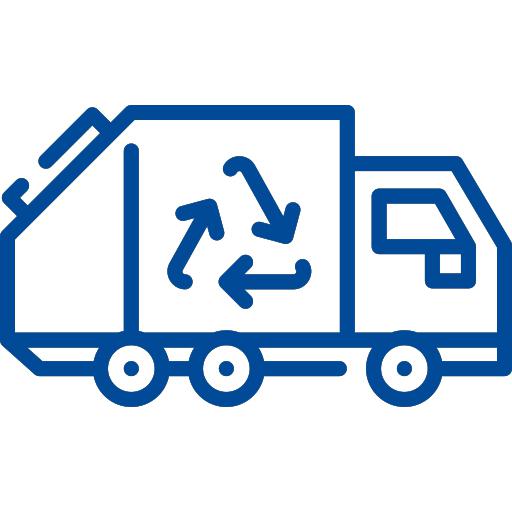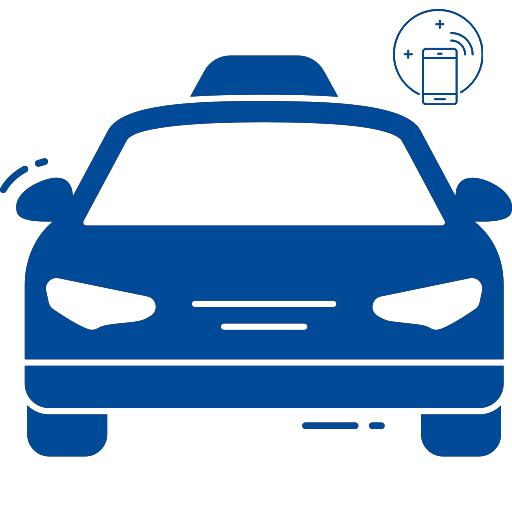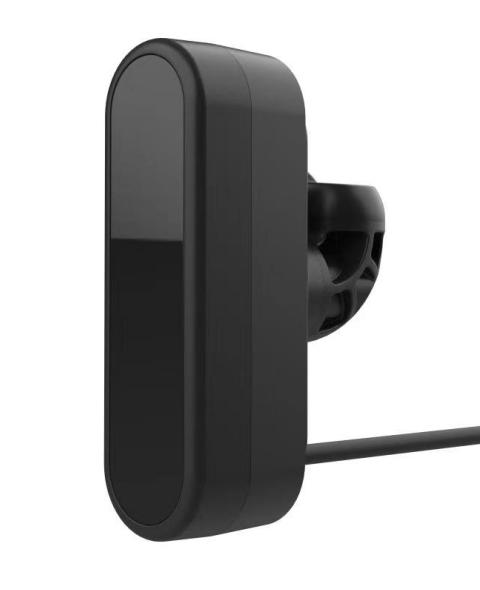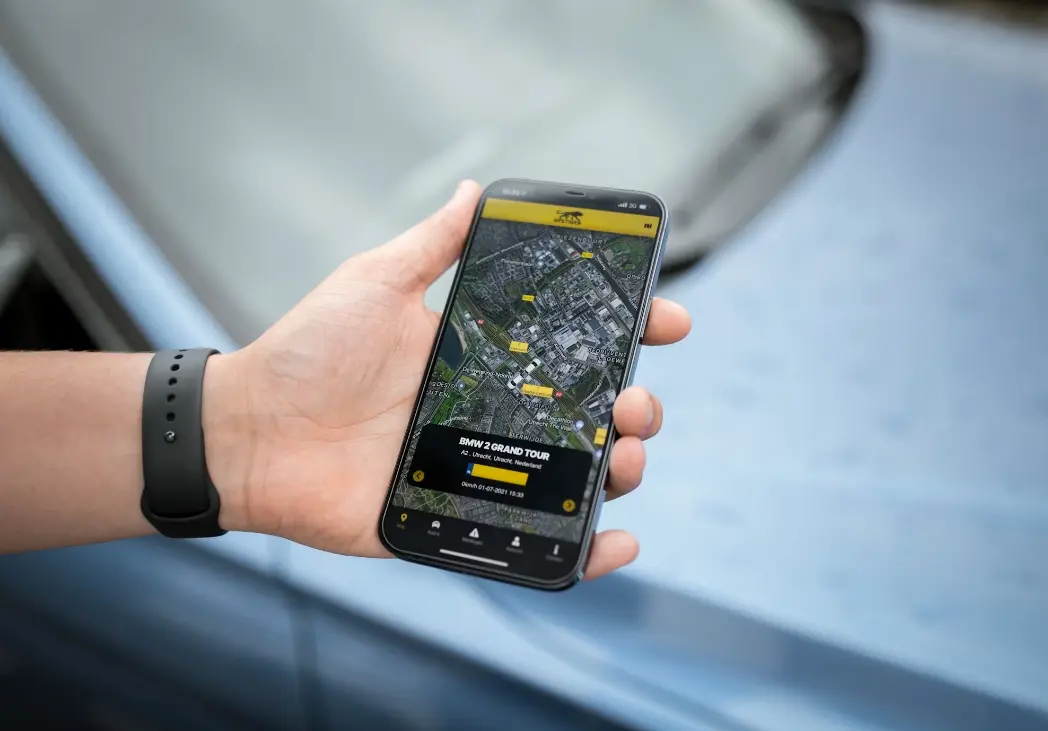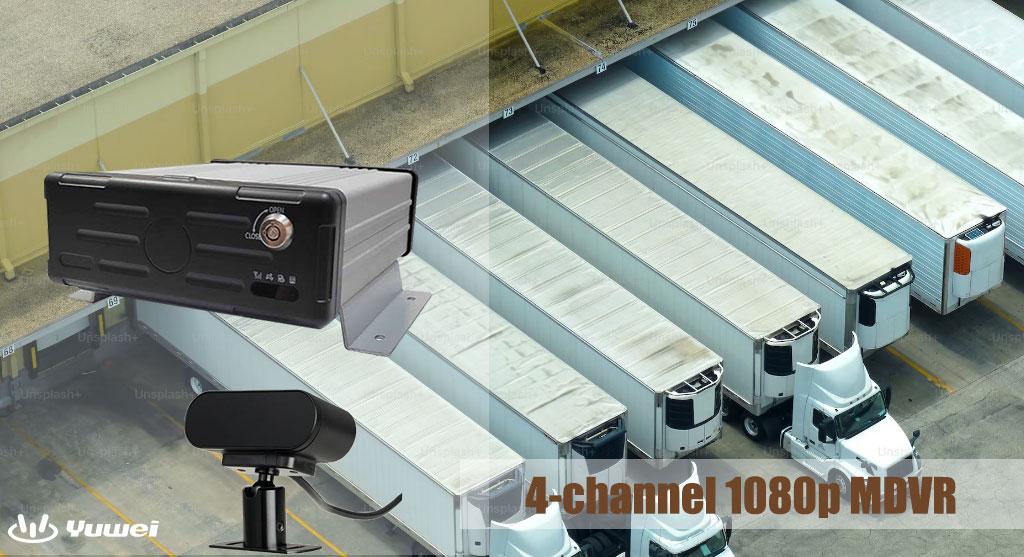The Best Bus Surveillance Camera Systems
The Best Bus Surveillance Camera Systems
Urban areas serve as the core of modern civilization, continually evolving and relying on complex transportation systems for efficient operation. As cities progress, the challenges in managing infrastructure also escalate. Fortunately, the emergence of intelligent technology brings an exciting transformation, reshaping the entire city's transportation systems and infrastructure operations.
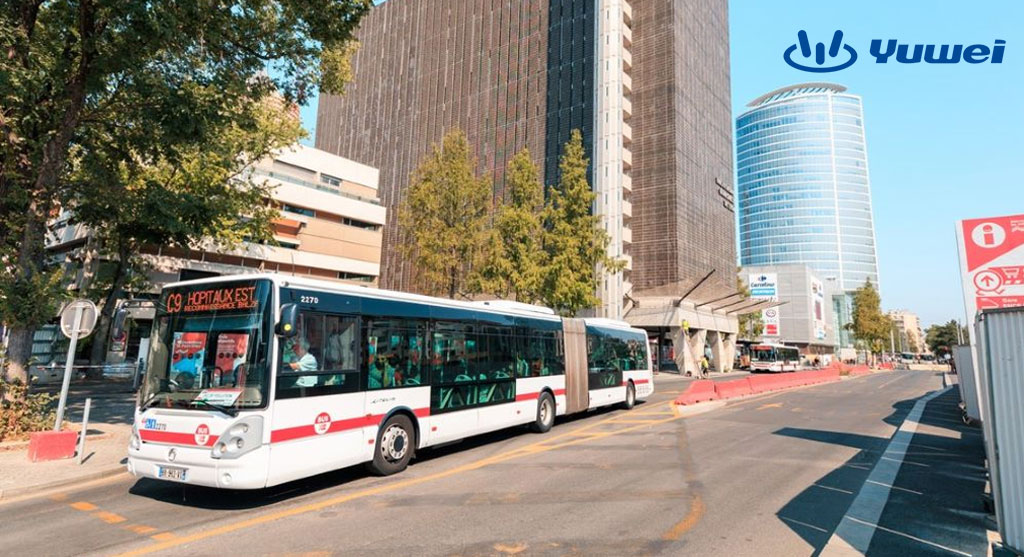
In this blog, we delve into how different cities worldwide adopt intelligent transportation solutions to enhance efficiency, reduce environmental impact, and improve the overall quality of urban life. An illustrative example is the application of Camera Monitoring Systems (CMS), replacing traditional side mirrors on public buses. This change encapsulates how technology is reshaping the urban transportation landscape to be safer, more sustainable, and highly efficient.
ADAS Advanced Driver Assistance Systems | Camera Monitoring Systems
The prominence of the Bus Camera Surveillance System (CMS) makes it a representative of advanced driver assistance systems. As an application of Advanced Driver Assistance Systems (ADAS), CMS is composed of cameras, image processing pipelines, and monitors, facilitating various functions such as detecting blind spots, pedestrians, cyclists, lane departure correction, traffic sign recognition, and automatic emergency braking. These advanced automation technologies utilize sensors and cameras to detect everything from driver errors to nearby obstacles and respond accordingly.
Advantages of CMS
CMS, with fully integrated high-definition external cameras and in-cabin displays, replaces traditional bus side mirrors and rearview mirrors, eliminating blind spots, reducing driver fatigue, and making maneuvering more effortless, thereby achieving safer operations. It combines advanced hardware and real-time image analysis, enabling drivers to operate safely and confidently.
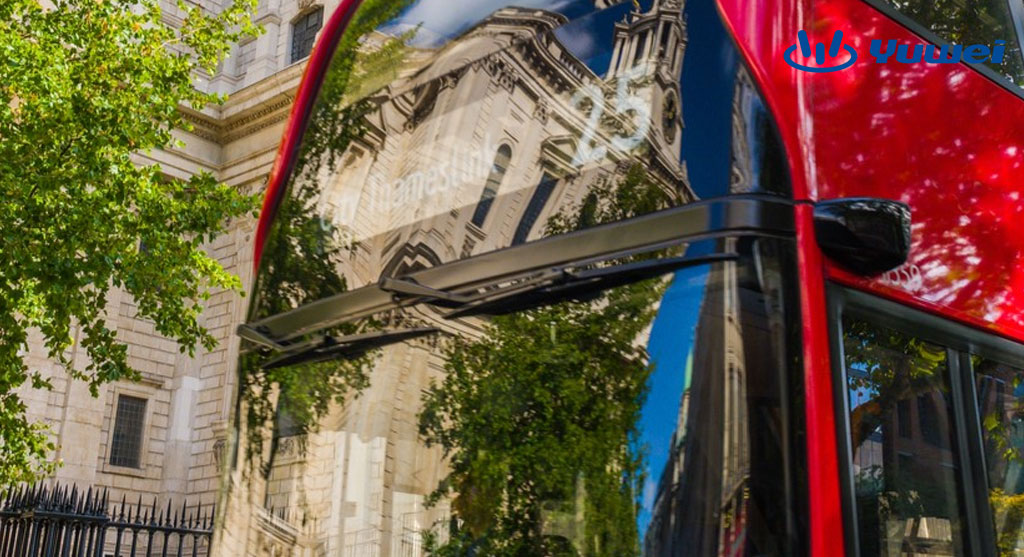
Successful Cases in European Cities
London
The iconic London bus fleet, in collaboration with Journeo, has equipped over 1,000 buses with camera monitoring systems. Digital monitoring replaces traditional rearview mirrors, enhancing driver visibility and minimizing the risk of collisions and accidents.
Geneva
In a project conducted in Geneva by YUWEI, high-definition cameras and in-cabin displays replaced mechanical rearview mirrors in 12 Tosa Hess and 56 Van Hool buses. This implementation resulted in benefits such as reduced driver fatigue, improved driving in nighttime and rainy conditions, enhanced tunnel navigation, and an 80% reduction in maintenance costs compared to traditional mirrors.
Lyon
Keolis, a multinational transportation company headquartered in France, initiated an experimental project in Lyon. Supported by the MAIF Foundation, the project aimed to prioritize the safety of vulnerable road users (VRUs) by addressing blind spots. YUWEI CMS, consisting of cameras and internal screens, replaced traditional rearview mirrors, providing bus drivers with a broader, more complete environmental view. The plan is to equip the entire Lyon fleet of 1,000 buses with rearview cameras by 2027.
These successful cases in European cities demonstrate the effectiveness of integrating bus camera monitoring systems with ADAS technology. These implementations not only enhance public safety but also improve the health of drivers. By reducing blind spots, improving visibility, and enhancing driver comfort, these CMS applications take a significant step toward the intelligent transformation of urban transportation.
Email:hello@fudi360.com


















